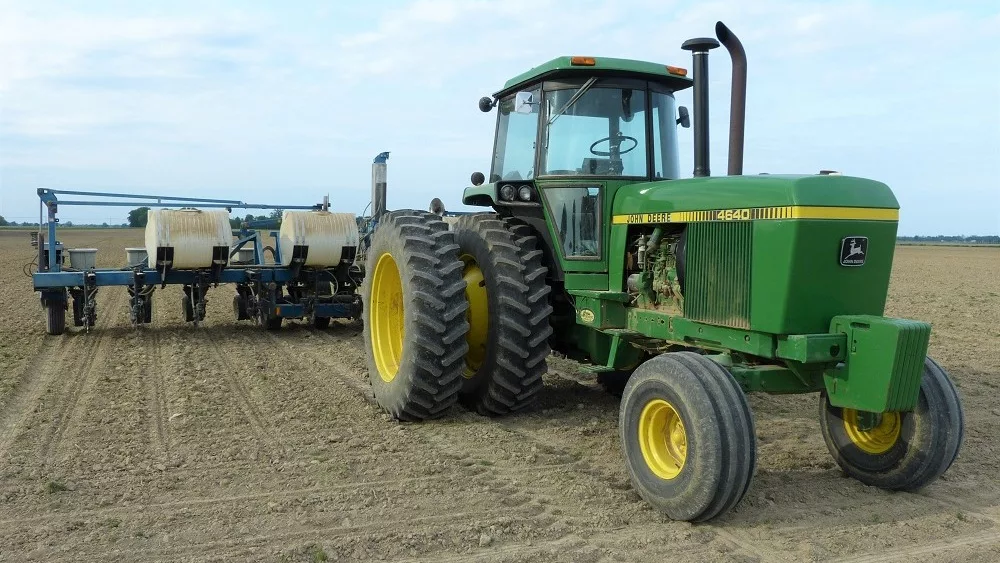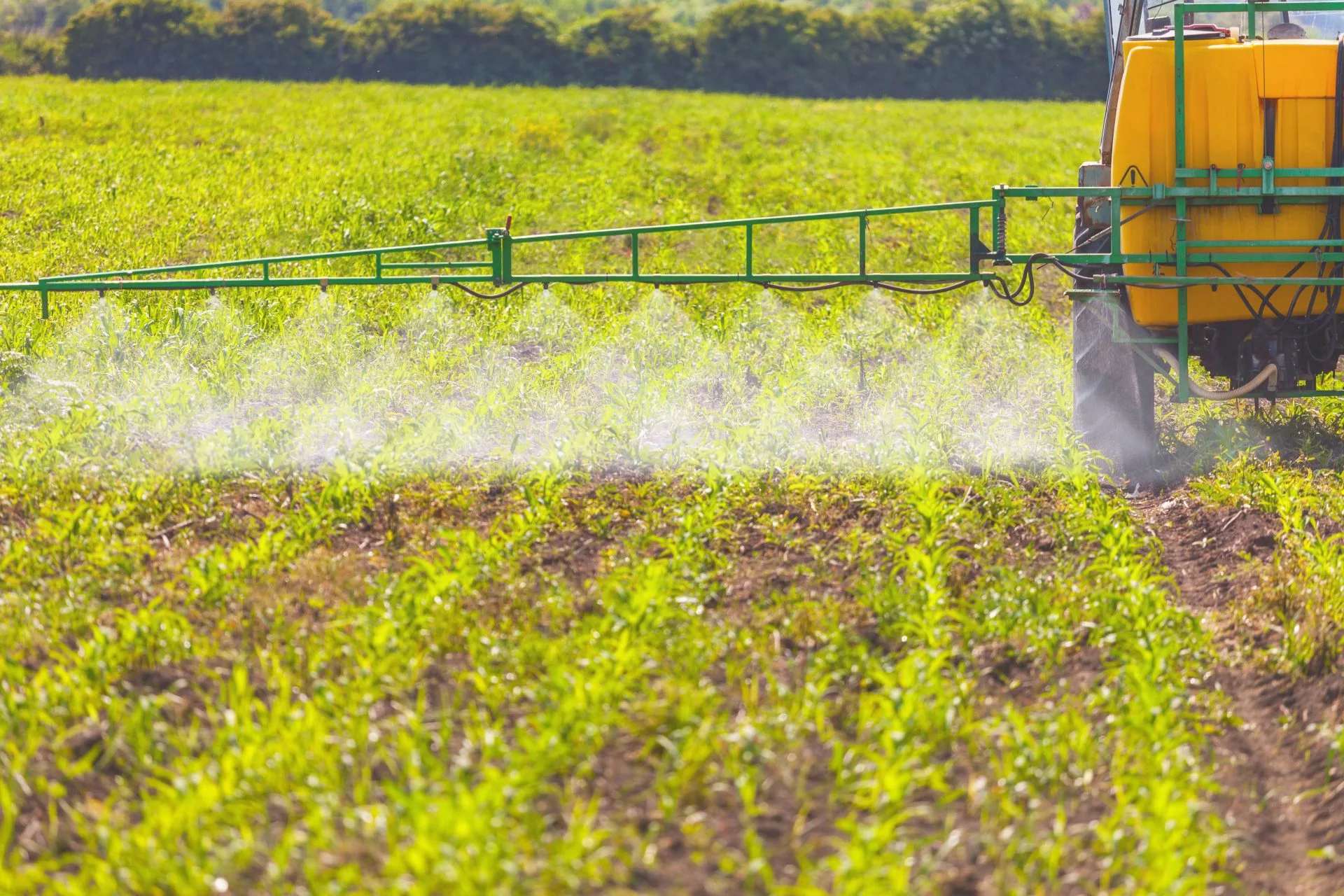Field Crops
Nearly 30 percent of the state was experiencing severe drought conditions, according to Marlo D. Johnson, Director of the Great Lakes Regional Office of the National Agricultural Statistics Service. There were 5.8 days suitable for fieldwork in Michigan during the week ending June 13, 2021. The vast majority of the driest counties were concentrated in the South-Central Lower Peninsula. Winter wheat condition held steady with 55 percent of the crop rated in good to excellent condition; dry weather has continued to suppress disease pressure but may pose a serious threat to grain fill. Corn and soybean progress continued to press forward as both crops were nearing full emergence. Crop conditions were holding strong despite the lack of moisture in most areas. Despite deteriorating conditions oats and barley made fairly good progress as both crops were heading. First cuttings of hay and alfalfa continued as weather allowed. Lack of moisture has impacted yield in the driest areas. Other activities included pesticide applications and crop scouting.
Corn
Emerged: 97%
Condition: 55% G/E
Soybeans
Emerged: 95%
Condition: 53% G/E
Wheat
Headed: 93%
55% G/E
Barley
Emerged: 99%
Headed: 14%
20% G/E
Dry Beans
Planted: 79%
Emerged: 29%
Oats
Headed: 24%
44% G/E
Sugarbeets
62% G/E
Range and pasture
21% G/E
Fruit
Hot, dry weather continued to provide challenges to fruit producers in Michigan. Even with passing thunderstorms, major fruit growing regions in the State remained in a drought. Growers irrigated when it was available. Mid-season apple varieties were 20 mm in the Grand Rapids area and early season varieties were around 1 inch there.
Apples in the Northwest were 13-18 mm and growers finished up applying thinners there. In the Southern part of the State, the results of chemical thinning and June drop were evident over the past week as a result of the hot, dry weather. Insect pressure spiked last week and the humid conditions created the perfect environment for tree fruit pathogens. Apples ranged from 25 to 35 mm in the Southwest. Many fruit had low seed counts due to poor pollination. Growers were finishing up hand thinning in the Southwest.
Tart cherries were around 13 mm in the Northwest and around 17 mm in the Southwest. The crop was spurred by the hot weather.
Peaches were around 28 mm in the Southwest and pits were beginning to harden. Redhaven harvest was predicted to begin July 31 in central Berrien County.
Blueberries had green fruit in the Southwest. Shoot growth was good and the crop appeared in better shape than previously thought. In the West Central, blueberries were generally in good shape though some fields were more negatively affected by spring frosts and freezes than others. Growers that had frost protection available and used it this spring when needed had a noticeably better crop than those that did not.
Vegetables
Continued hot and dry weather and the resulting high insect activity forced producers to increase herbicide applications and irrigation measures in order to safeguard their crops. Spinach, tomatoes, and eggplants were among the crops displaying heavy pest presence. Volunteer potatoes were reported in several fields throughout the State. Multiple cuttings of greens like arugula and mizuna had been taken. Plantings of pumpkins were underway, and harvesting was beginning for radishes and peas. Meanwhile, broccoli, beets, and kohlrabi were almost ready for harvest. In the West Central region, asparagus was being harvested in substantial amounts.





